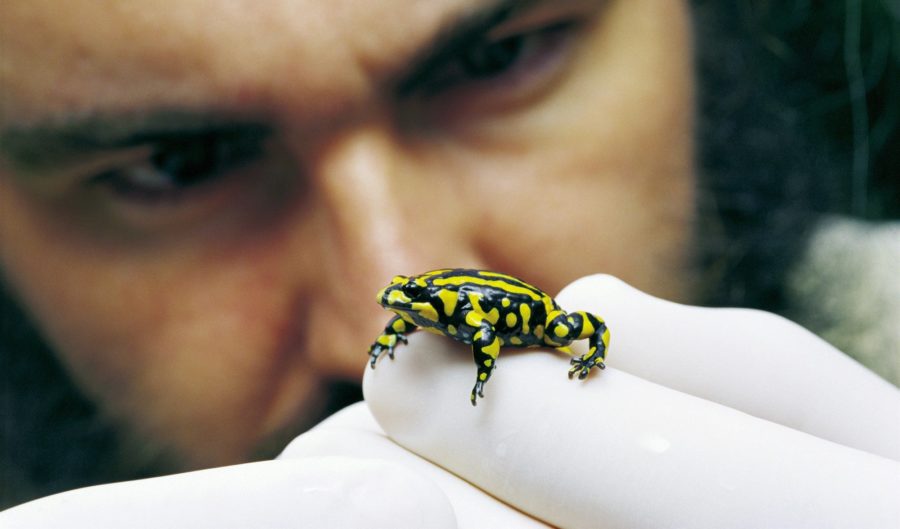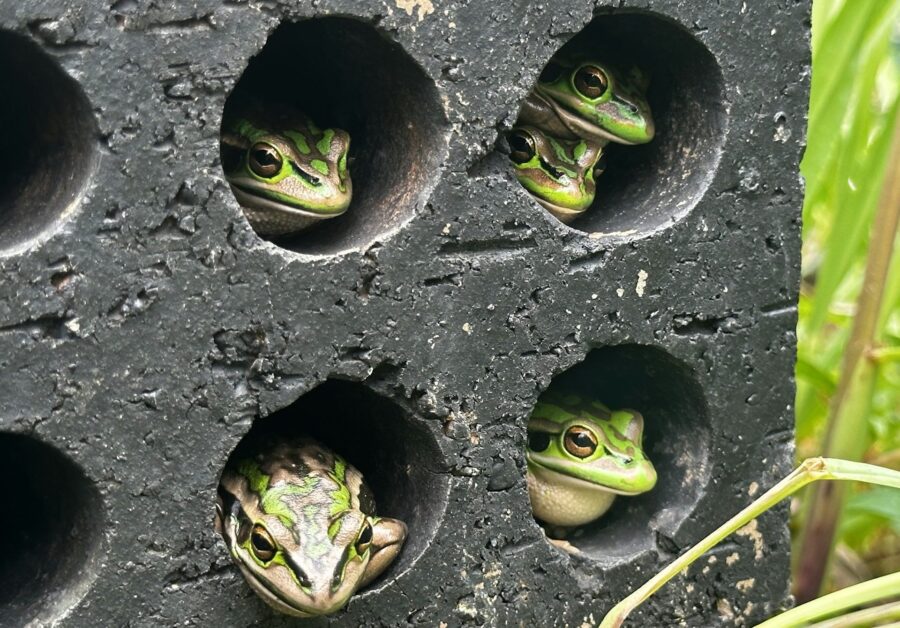Impact of fungus on world frog populations revealed

A fungal disease known as chytridiomycosis has been responsible for frog population declines in more than 500 amphibians across the world, including 90 extinctions, a new study has revealed.
A team of international researchers led by the Australian National University found that chytrid fungus is responsible for the greatest loss of biodiversity due to a disease.
Lead researcher Dr Ben Scheele says that approximately 40 frog species in Australia have declined due to the fungal disease over the past 30 years, and is responsible for seven species becoming extinct.
The devastating disease transmits by releasing zoospores that attack the keratin in frog skin and halts the flow of electrolytes, which eventually kills them.
It’s believed to have originated in Asia, where the frogs have become resistant to it, but it has since spread.
“Globalisation and wildlife trade are the main causes of this global pandemic and are enabling the spread of disease to continue,” Ben says.
“Humans are moving plants and animals around the world at an increasingly rapid rate, introducing pathogens into new areas.”
In Ben’s opinion, better control on global wildlife trade could potentially stop the disease from spreading any further. He adds that this is particularly critical now as many species are still at high risk of extinction because of the fungus.
The trouble lies in the difficulty that comes with removing the fungus from an ecosystem.
“If it is in an ecosystem, it’s pretty much there to stay unfortunately. This is partly because some species aren’t killed by the disease,” Ben says.
“On the one hand, it’s lucky that some species are resistant to chytrid fungus; but on the other hand, it means that these species carry the fungus and act as a reservoir for it so there’s a constant source of the fungus in the environment.”
There have been some breakthroughs. In early 2018, frog researcher Simon Clulow found that by elevating the salinity in a pond, the fungus could be stopped from spreading. However, there’s yet to be any large scale strategy.


